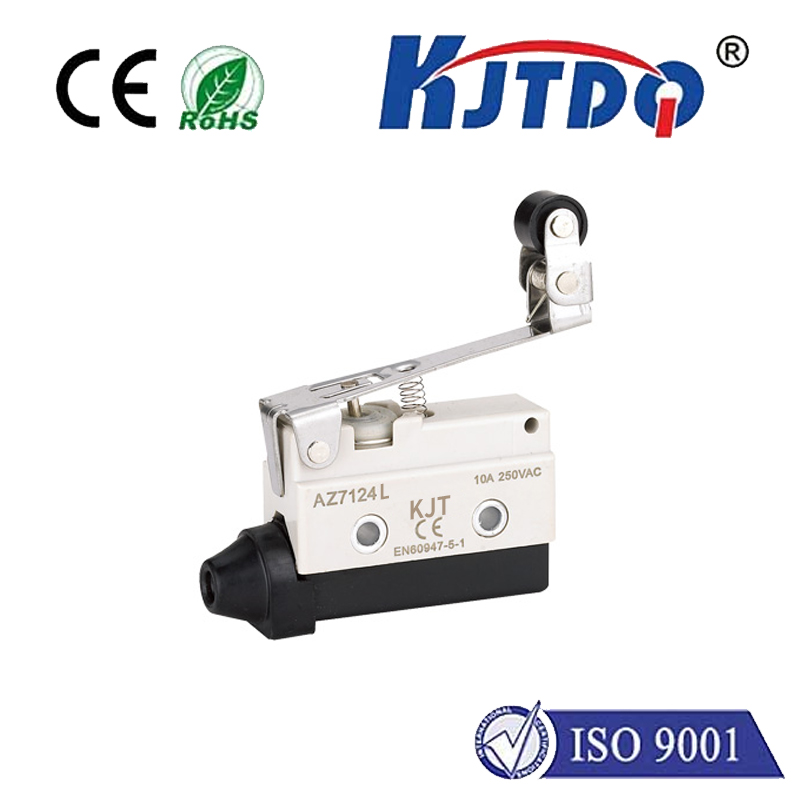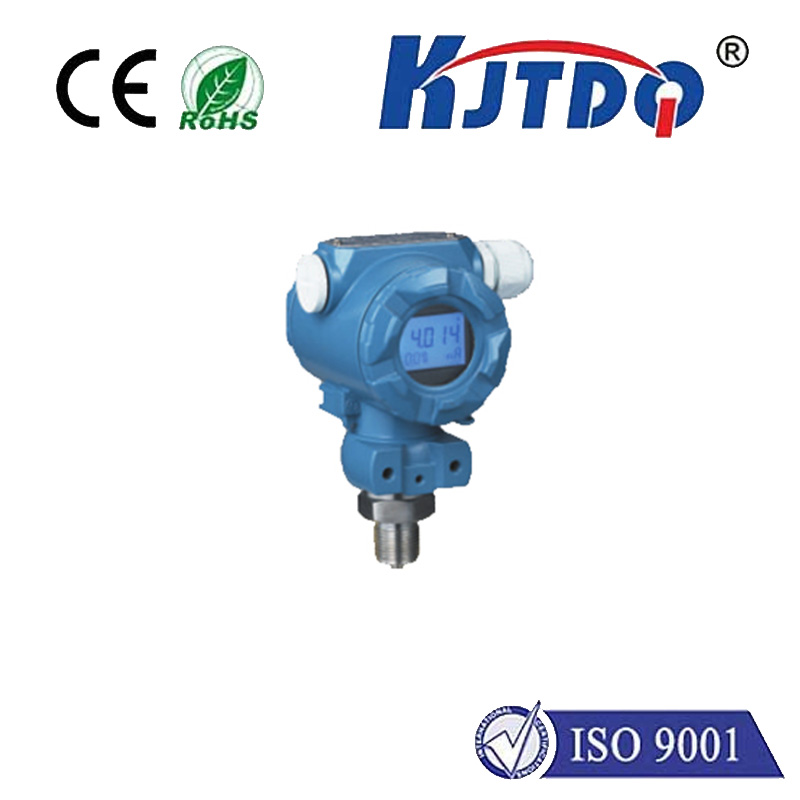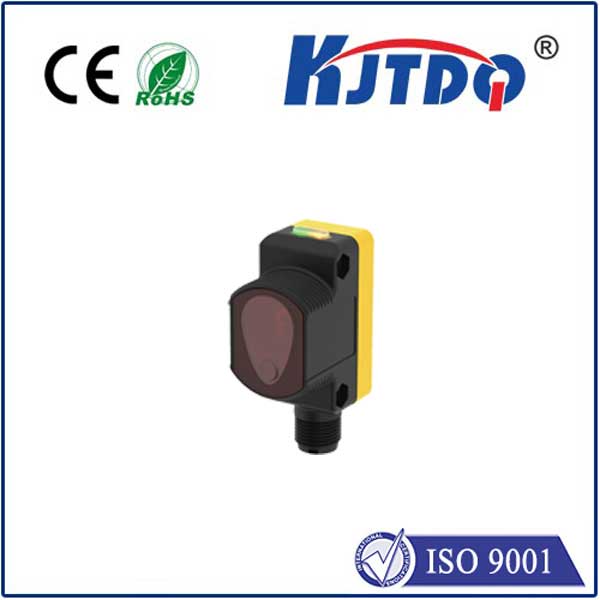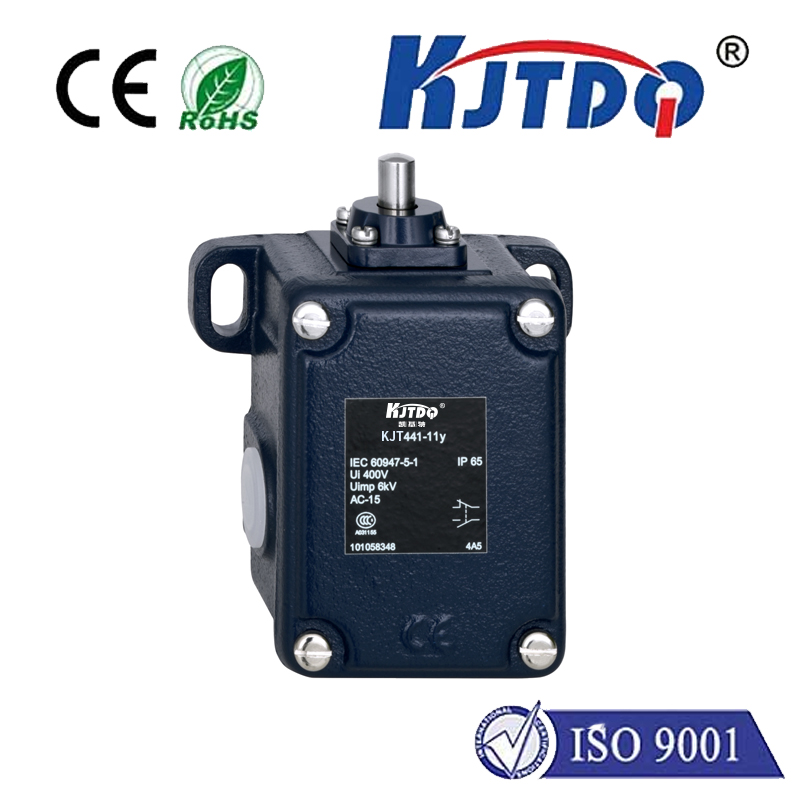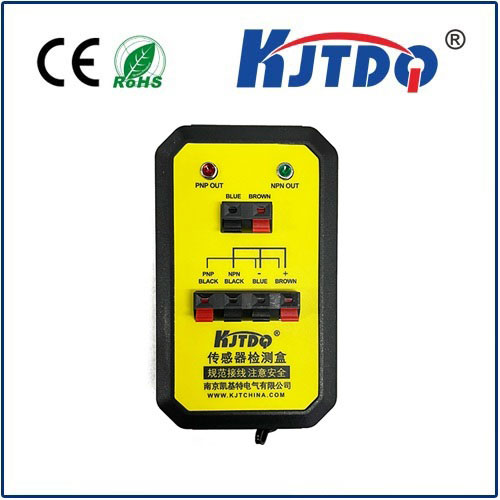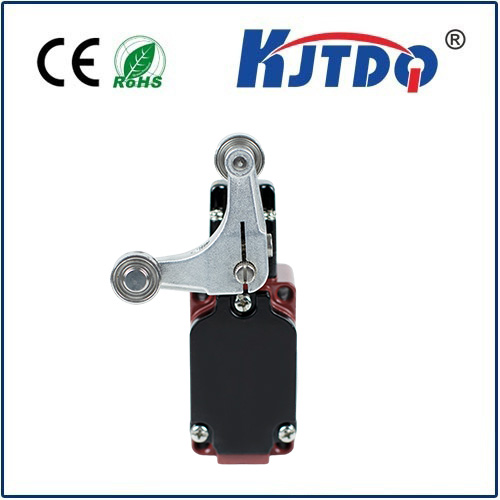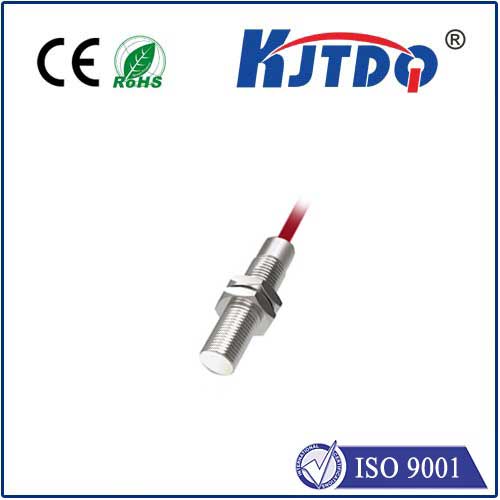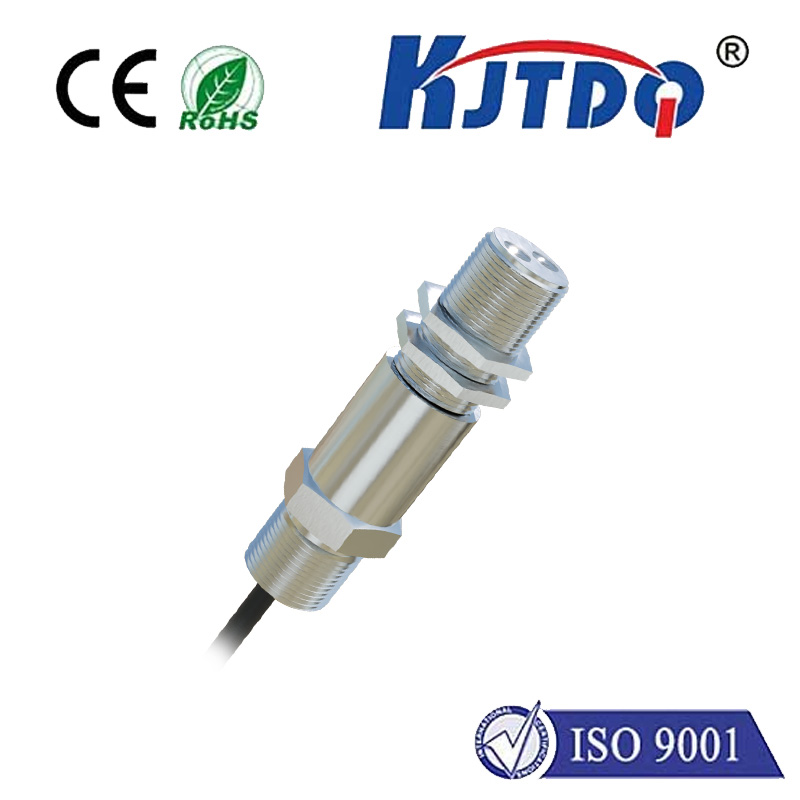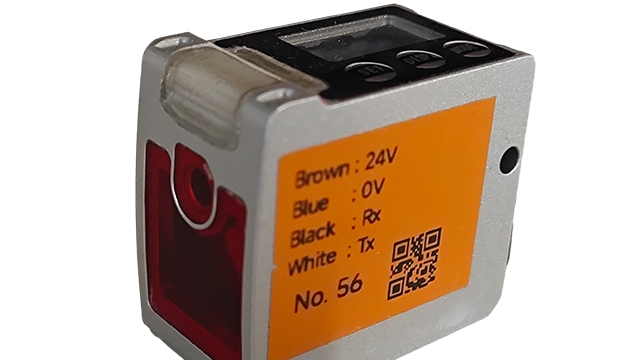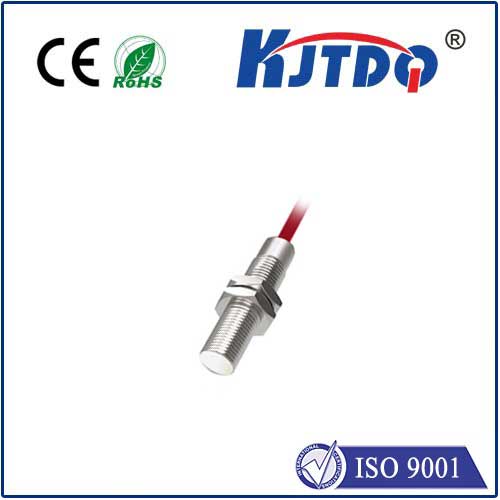
check

check

check

check
Laser sensors have emerged as a revolutionary technology with the potential to transform various industries. These innovative devices use laser light to measure and detect changes in their environment, providing precise data that can be used for a wide range of applications. From automotive manufacturing to healthcare, the uses for laser sensors are vast and varied. In this article, we will explore the different aspects of laser sensors and how they are shaping the future of various industries.
At their core, laser sensors are devices that use laser light to gather information about their surroundings. They work by emitting a beam of laser light that bounces off objects and returns to the sensor. The sensor then measures the time it took for the light to travel to the object and back, allowing it to calculate the distance between itself and the object with extreme precision. This technology is known as Time-of-Flight (ToF) and is just one example of how laser sensors function. Other types of laser sensors include phased array lidar, which uses an array of lasers to create a 3D image of its surroundings, and optical fiber sensors, which use strands of glass fibers to transmit light signals over long distances with minimal loss of power.
The applications for laser sensors are numerous and varied across different industries. Here are some examples:

Automotive Industry - Laser sensors are used in self-driving cars to help them navigate through traffic by detecting obstacles and other vehicles on the road. They provide accurate distance measurements that allow the car’s systems to make real-time decisions about braking, accelerating, or changing lanes.
Healthcare Industry - Laser sensors are used in medical imaging techniques such as MRI scans and CT scans. They provide high-resolution images of the human body, allowing doctors to diagnose diseases more accurately and develop more effective treatment plans.
Aerospace Industry - Laser sensors are used in aircraft landing systems to measure the height of the plane above the runway and adjust the descent angle accordingly. This helps ensure a safe landing even in poor visibility conditions.
Industrial Automation - Laser sensors are used in factories to monitor the production line and ensure that products are made to exact specifications. They can also be used to detect defects or quality control issues before products leave the factory.
Smart Home Technology - Laser sensors are used in smart home devices such as robotic vacuum cleaners and security cameras. They allow these devices to navigate around furniture and avoid obstacles while performing their tasks.
One of the main benefits of laser sensors is their ability to provide highly accurate measurements over long distances. This makes them ideal for use in industries where precision is critical, such as automotive manufacturing or aerospace engineering. Additionally, laser sensors are unaffected by environmental factors such as weather conditions or lighting levels, making them reliable in a wide range of settings. Another advantage of laser sensors is their versatility. They can be used in a variety of applications, from medical imaging to industrial automation, making them a valuable tool for businesses across many industries. Finally, laser sensors are often more cost-effective than traditional measurement methods, making them an attractive option for companies looking to reduce expenses while improving efficiency. In conclusion, laser sensors represent a significant advancement in technology with the potential to transform various industries. Their ability to provide highly accurate measurements over long distances, combined with their versatility and cost-effectiveness, make them a valuable tool for businesses operating in a wide range of sectors. As this technology continues to evolve, we can expect to see even more innovative applications emerge, further enhancing our ability to improve efficiency and productivity in countless fields.
